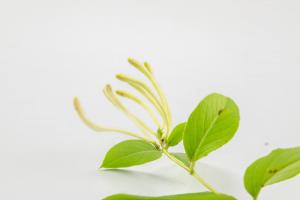How to Put Holes in Plant Pots
Plant pots without drainage holes can cause harm to your plants. Water accumulation in the pot can cause root rot, fungus, and even death of the plant. Putting holes in the pot allows excess water to drain out, preventing waterlogging and ensuring healthy growth. Here's how to put holes in plant pots effectively and quickly.
Materials Needed
Before getting started, gather the necessary materials:
Plant pot
Power drill
Masonry bit (for ceramic or concrete pots)
Masking tape or painter's tape
Safety goggles
Gloves
Step-by-Step Process
Follow these simple steps to put holes in your plant pots:
Clean the pot: Wipe down the pot with a clean, damp cloth to remove any dirt or debris that may interfere with the drilling.
Mark the spot: Use a piece of tape to mark the spot where you want to drill the hole. The tape will help ensure the drill bit stays in place and prevents any cracking or splitting of the pot.
Put on safety gear: Put on your safety goggles and gloves before starting any drilling. You want to protect yourself from any flying debris or sharp edges.
Drill the hole: Using a masonry bit, drill a small hole in the center of the tape. As you drill, use firm and steady pressure, making sure not to exert too much force that may damage the pot.
Widen the hole: If you need a larger hole, switch to a larger masonry bit and repeat the process. Go slowly and carefully to ensure a clean and even hole.
Remove the tape: Once you've finished drilling, remove the tape to reveal a clean hole. You can use a piece of sandpaper to smooth out any rough edges.
Clean the pot: After drilling, use a damp cloth to clean up any dust or debris from the pot. This will prevent any loose debris from entering the drainage hole and clogging it up.
Final Thoughts
Adding drainage holes to your plant pots is a simple and effective way to ensure the health of your plants. With the right tools and a bit of patience, you can quickly and easily add drainage holes to any pot. By putting holes in plant pots, you can prevent root rot, fungus, and other issues associated with waterlogging while providing your plants with the drainage they need to thrive.

 how many times do yo...
how many times do yo... how many planted tre...
how many planted tre... how many pine trees ...
how many pine trees ... how many pecan trees...
how many pecan trees... how many plants comp...
how many plants comp... how many plants can ...
how many plants can ... how many plants and ...
how many plants and ... how many pepper plan...
how many pepper plan...






























